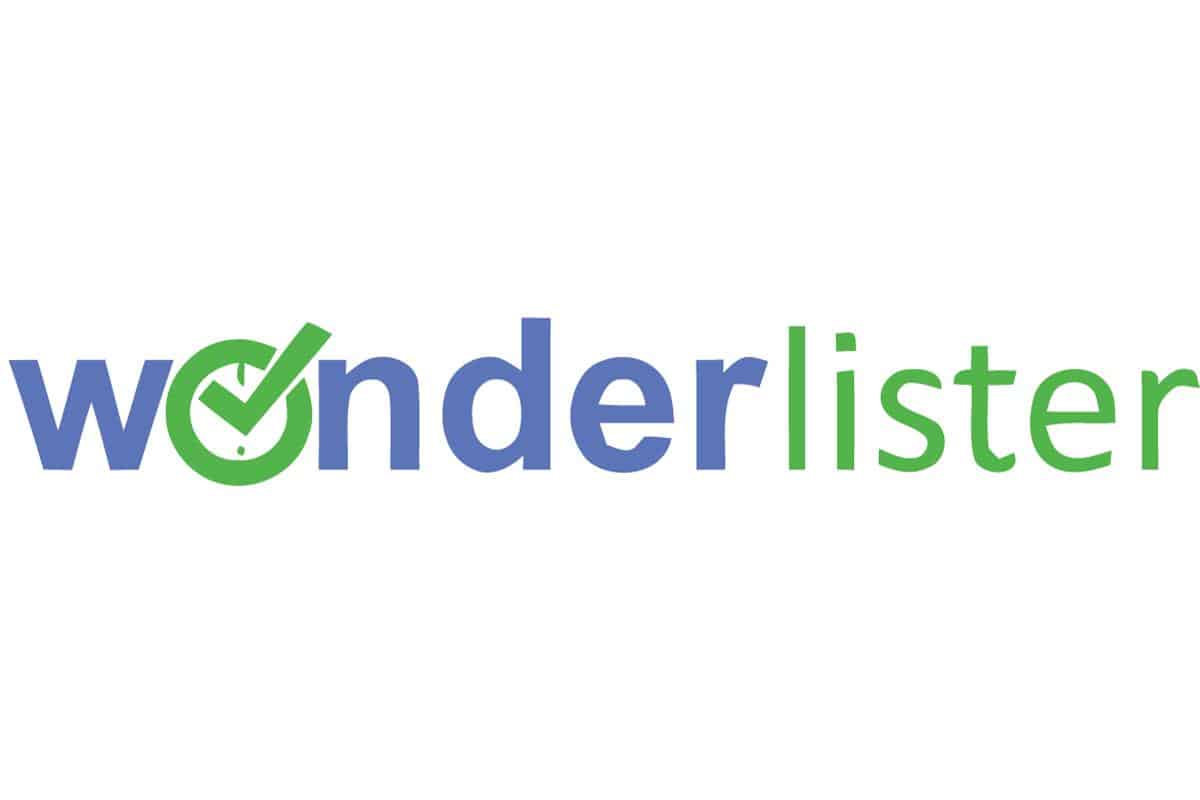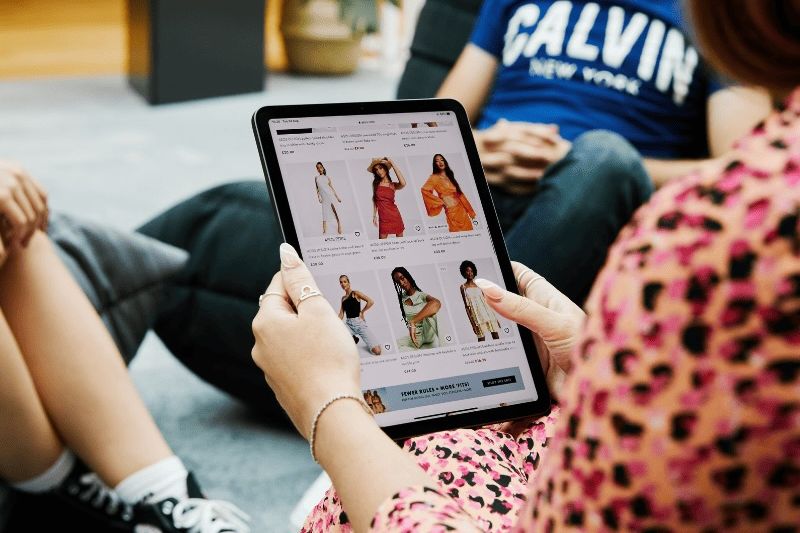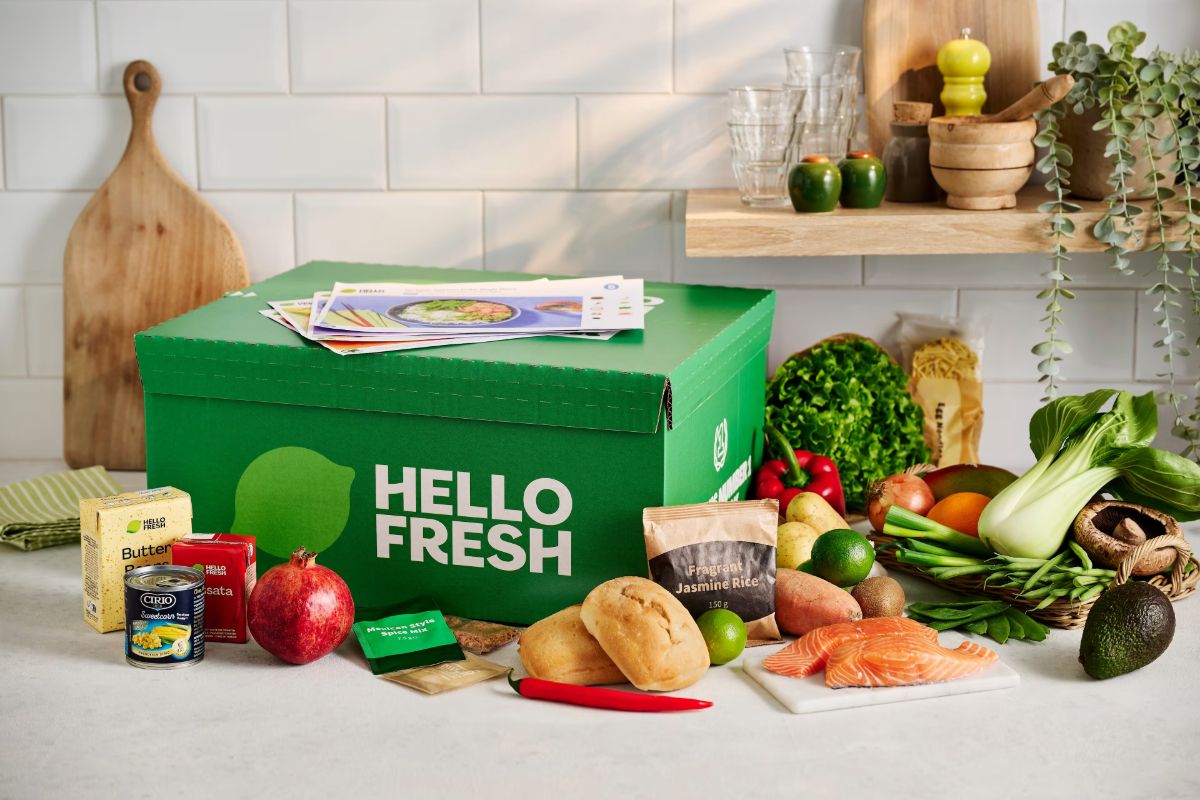The UK used to be a nation of shop keepers, but today it is a nation of social media lovers. It’s estimated that over 90% of us use a social media platform regularly in 2022 and this figure is expected to climb to over 93% by 2026. It’s no surprise, then, that social media is permeating more areas of our lives than ever before. No longer just limited to social interactions, we can now use social media to shop, consume news, and seek out customer service from businesses.
Offering customer support via social media is no longer a USP; your competitors are doing it and your customers expect you to not only use it but also to respond quickly. But what are the benefits to your business in using social media to help stay in touch with and deal with customer problems and which platforms work best?
Facebook – best for all demographics
More than 57 million people in the UK use Facebook, making it the most widely used social media platform. While younger demographics favour platforms like Instagram and TikTok, many also have a presence on Facebook.
Because of this, a large cross-section of ages and demographics will be looking to contact your business via Facebook. Responses should be quick too – a quarter of users expect a reply on Facebook within just five minutes, but the average response time is 1 hour and 56 minutes. A huge 71% of all complaints on social media are shared on Facebook, so advisors should be trained on how to effectively respond to negative feedback.
Businesses using Facebook should take advantage of business pages and Facebook Messenger – the latter can be integrated into your helpdesk and CRM. Set up an automated reply with an estimate of how long your customer can expect to wait before hearing back from you to set their expectations. Ensure your advisors are friendly and personable on this direct messaging platform, which lends itself to less formal and more conversational interactions.
If your advisors are speedy and answer queries in less than five minutes on average in a seven-day period, you’ll get a badge that says “very responsive to messages” – so it pays to be quick to respond.
Twitter – best for short, fast responses and satisfaction
Twitter has undergone a transformation from a “micro-blogging” site to a fully fledged social media and news platform. It’s regarded as the place to be for breaking news and is listed in app stores under the news category instead of social media.
Its instantaneous nature means its users expect interactions immediately. Sharing your business opening hours on your profile means you’ll be able to manage customers’ expectations before they tweet or direct message you. You can also take advantage of Twitter’s developer tools to set up auto-replies to tweets and direct messages outside of your business hours to let customers know when you’ll be able to respond.
Because of its character limit, Twitter is best for simple queries that can be answered succinctly. It’s second to Facebook in the percentage of complaints posted – but the good news is that even if a customer has tweeted negative feedback at you, they’ll view your business more favourably if you respond.
Instagram – best for younger customers and sales support
Instagram is well-established as the platform of choice for Gen Z and millennials. Over half of its users are aged 18-34, so it’s a great channel to reach younger customers. Instagram has also gone through a shift as a platform, with shopping functions taking a higher priority. Instagram’s younger audience also uses this functionality more prominently – 39% of 16-24-year-olds buy products on Instagram.
Businesses in the fashion, food, personal care, toys, hobbies, DIY, furniture and appliances, and electronics and media sectors are the top industries utilising Instagram as a shopping channel, meaning these businesses could also reap the rewards of delivering customer and sales support via the platform.
For more complex queries, be sure to add additional contact information to the Contact button on your company’s page. You can add an email address or phone number to allow customers to speak to an advisor on a call or to email a more complex query too. What’s more, you can add frequently asked questions to the Highlights on your page, giving your customers the option to self-serve via Instagram.
More brands than ever are offering customer service via social media, so it’s no longer a feature that is nice to have – it’s a necessity. Different platforms will serve different purposes and reach varying audiences, so it’s important to identify which social media channel will benefit your business the most. But don’t forget that you’ll most likely need a presence on multiple platforms to reach as many of your customers as possible. An omnichannel experience that encompasses multiple social platforms, self-serve web support, live chat, and phone support – which can all be achieved with customer service outsourcing – is essential to allow customers to contact you in the way that suits them best.
References
https://www.statista.com/statistics/1012080/uk-monthly-numbers-facebook-users/
https://www.statista.com/statistics/1030057/facebook-users-united-kingdom-age-gender/
https://info.enghouseinteractive.com/
https://blog.hubspot.com/service/facebook-customer-service
https://help.twitter.com/en/rules-and-policies/twitter-automation
https://business.twitter.com/en/blog/how-twitter-has-become-a-key-customer-support-channel.html
https://www.marketingdive.com/news/instagram-shopping-used-by-39-of-uk-gen-zers-study-finds/555601/
https://www.statista.com/forecasts/1218340/ecomdb-instagram-uk-com









